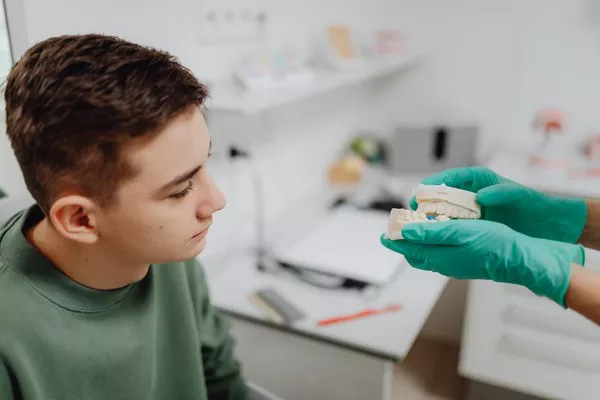What are the advantages and disadvantages of amalgam materials?
Silver amalgam Composition: A mixture of silver, tin, zinc, copper and mercury, containing nearly 50% mercury.
Type: Conventional (non-adhesive).
Purpose: Posterior tooth filling.
Duration: At least 10 years or more.
Cost: The most economical filling material.
Advantages: 1, good compressive strength, can resist chewing pressure.
2, the most economical.
3. Treatment can be completed in one visit.
4, compared with the composite resin, the filling process of the moisture isolation requirements are lower.
Cons: 1. It doesn’t match the color of your teeth.
2. Over time, amalgam can corrode, tarnish and discolor the tooth tissue it touches.
3. Traditional amalgam doesn’t stick to teeth.
4. To fill the amalgam, the dentist may need to remove more tooth tissue.
5. Many people may be sensitive to mercury or aware of its adverse effects, but studies have shown that the amount of mercury the body gets from fillers is similar to the amount it gets from nature.
































